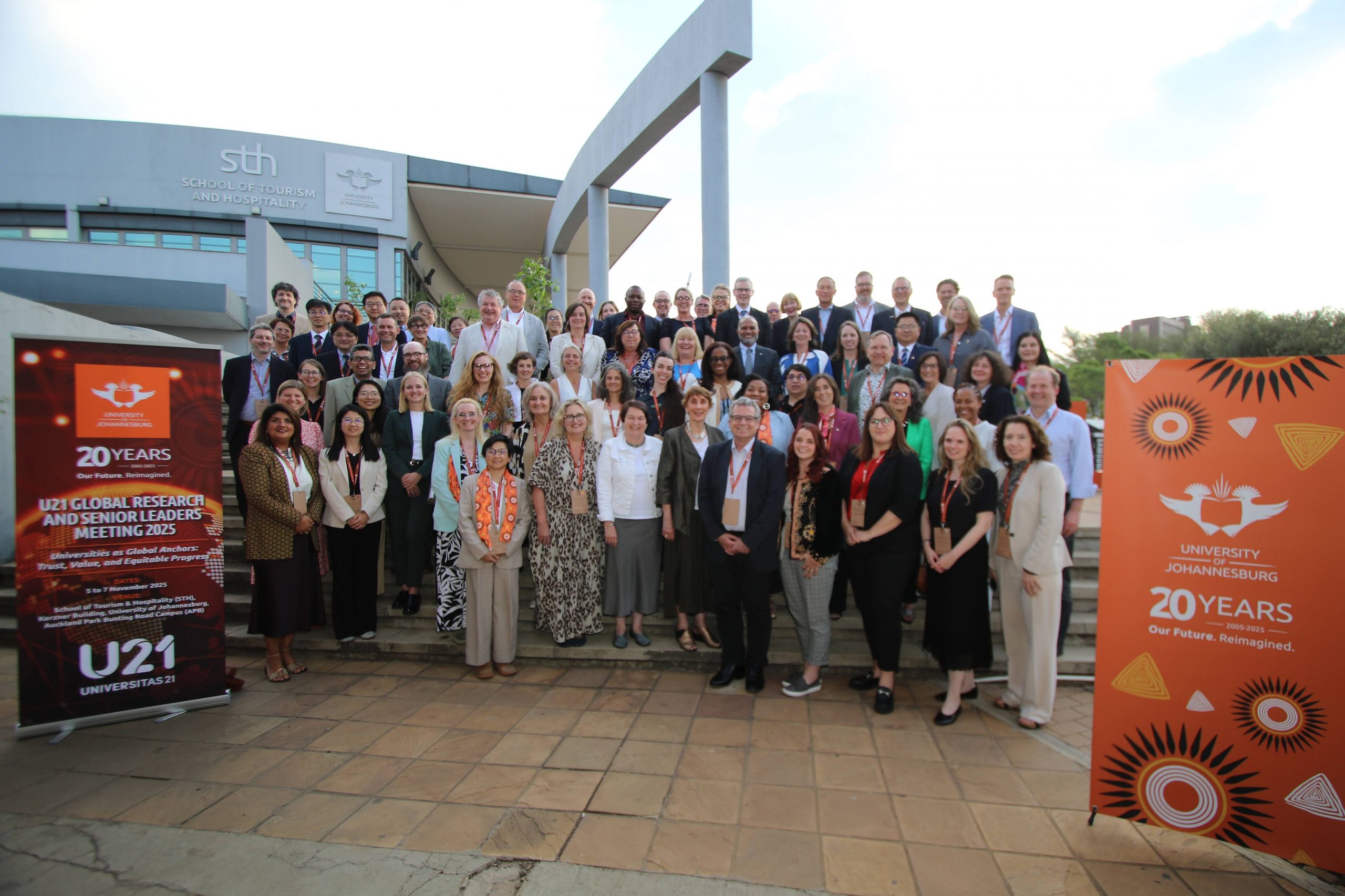It’s an increasingly familiar sight for Connecticut residents even in densely populated towns: a glance out the window reveals the unexpected shape of an inquisitive black bear, on the lookout for food.
These furry residents of the Nutmeg State may be adorable, but it’s bad news for the bears if they become accustomed to getting regular meals in close proximity to humans. Getting comfortable around humans can spell danger for both the humans and the bears.
Melissa Ruszczyk ’09 (CAHNR) ’24 MS, a furbearer/black bear biologist with the Connecticut Department of Energy & Environmental Protection and a graduate student in the Department of Natural Resources and the Environment within the College of Agriculture, Health and Natural Resources, has been studying how human sources of food – unsecured trash, bird feeders, and more – can affect the creatures’ natural habitat.
“As people, we tend to be sloppy with our trash sometimes,” Ruszczyk says. “And that attracts bears.”
Her research is playing a role in making sure wild animals stay wild, by reducing the human-supplied buffet for the bears. That’s good news for residents because, as Ruszczyk notes, “Bears are here to stay in Connecticut.”


